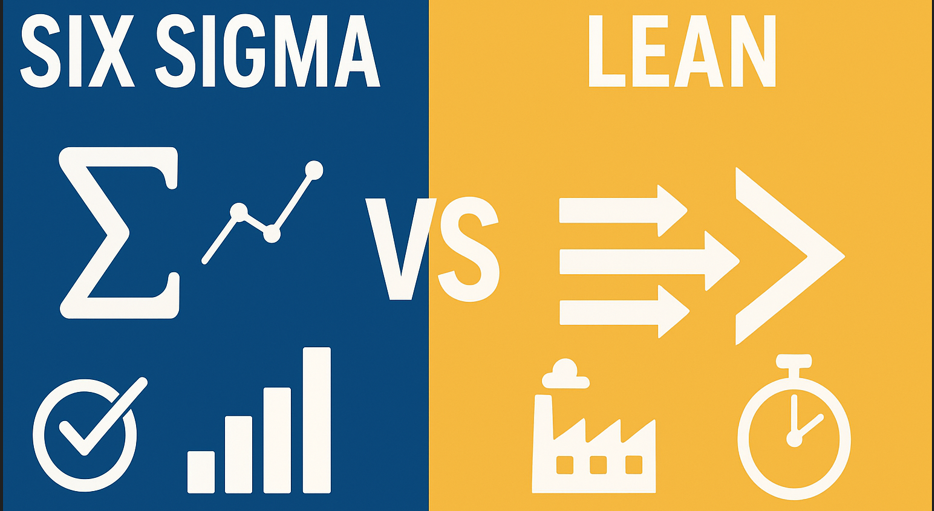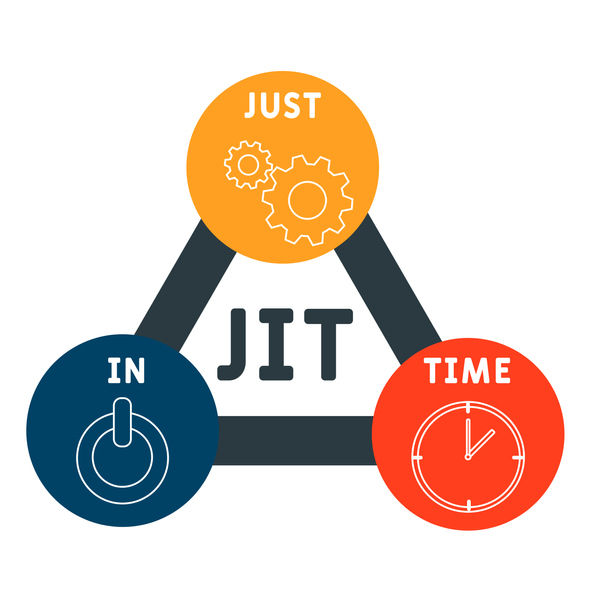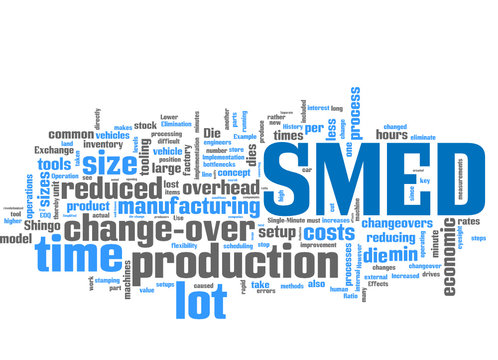
Six Sigma vs Lean: Comparing Two Powerful Business Improvement Strategies

In the world of process improvement and operational excellence, two methodologies stand out as industry leaders: Six Sigma and Lean. While both aim to enhance organizational performance and eliminate inefficiencies, they approach these goals through distinctly different philosophies and techniques. Understanding their differences is crucial for organizations seeking to implement the most appropriate methodology for their specific needs.
What is Six Sigma?
Six Sigma is a data-driven methodology focused on reducing defects and variability in processes. Originally developed by Motorola in the 1980s and later popularized by General Electric, Six Sigma aims to achieve near-perfect quality by limiting defects to 3.4 per million opportunities. The name “Six Sigma” refers to a statistical measure where processes operate within six standard deviations of the mean, indicating extremely low defect rates.
The methodology follows structured problem-solving approaches, primarily DMAIC (Define, Measure, Analyze, Improve, Control) for existing processes and DMADV (Define, Measure, Analyze, Design, Verify) for new processes. Six Sigma relies heavily on statistical analysis, data collection, and rigorous measurement to identify root causes of defects and implement sustainable solutions.
What is Lean?
Lean is a methodology focused on maximizing customer value while minimizing waste. Originally derived from the Toyota Production System, Lean identifies and eliminates eight types of waste: overproduction, waiting, transportation, over-processing, inventory, motion, defects, and unused employee skills. The core principle is to create more value with fewer resources by optimizing flow and reducing non-value-added activities.
Lean emphasizes continuous improvement (kaizen), employee empowerment, and creating smooth, efficient workflows. It uses various tools such as value stream mapping, 5S workplace organization, kanban systems, and standard work procedures to streamline operations and eliminate bottlenecks.
Key Differences Between Six Sigma and Lean
Primary Focus and Objectives
Six Sigma concentrates on reducing variation and defects in processes. Its primary goal is achieving consistent, predictable outcomes through statistical control. The methodology targets specific problems that cause quality issues and uses data to drive decision-making.
Lean focuses on eliminating waste and improving flow efficiency. Its primary goal is creating value for customers while using minimal resources. Lean targets entire value streams and emphasizes speed and flexibility in operations.
Problem-Solving Approach
Six Sigma employs a structured, project-based approach with defined phases and tollgates. Projects typically last 3-6 months and require significant data analysis and statistical expertise. The methodology follows rigid frameworks and requires formal training and certification.
Lean uses a more flexible, continuous improvement approach that can be implemented quickly and iteratively. Changes are often smaller and more frequent, with emphasis on employee involvement and rapid experimentation. Implementation can begin immediately without extensive training requirements.
Tools and Techniques
Six Sigma utilizes statistical tools such as:
- Statistical process control (SPC)
- Design of experiments (DOE)
- Regression analysis
- Hypothesis testing
- Control charts
- Process capability studies
Lean employs visual and flow-oriented tools such as:
- Value stream mapping
- 5S methodology
- Kanban systems
- Poka-yoke (error-proofing)
- Standard work
- Kaizen events
Measurement and Metrics
Six Sigma emphasizes quantitative metrics focused on quality and variation:
- Defects per million opportunities (DPMO)
- Process capability indices (Cp, Cpk)
- Sigma level calculations
- Cost of poor quality (COPQ)
- Return on investment (ROI)
Lean focuses on flow and efficiency metrics:
- Cycle time and lead time
- Takt time
- Value-added vs. non-value-added time
- Overall equipment effectiveness (OEE)
- First-pass yield
Implementation Timeline and Resources
Six Sigma requires significant upfront investment in training, certification, and dedicated project resources. Black Belts and Master Black Belts lead projects, requiring months of focused effort and substantial statistical analysis.
Lean can be implemented with minimal upfront investment and can show results quickly. Employees at all levels can participate immediately, and improvements can be implemented incrementally without major resource allocation.
Organizational Structure and Roles
Six Sigma creates a formal hierarchy with specific roles:
- Master Black Belts (program leaders)
- Black Belts (project leaders)
- Green Belts (part-time project team members)
- Yellow Belts (basic knowledge holders)
Lean emphasizes distributed leadership and employee empowerment without formal certification requirements. Everyone in the organization can contribute to improvement efforts regardless of their position or training level.
When to Use Six Sigma vs Lean
Choose Six Sigma When:
- Quality problems are complex and require statistical analysis
- Defect reduction is the primary concern
- Data is available and processes are measurable
- Problems require root cause analysis with statistical validation
- Regulatory compliance demands precise process control
- Resources are available for formal training and certification
Choose Lean When:
- Waste elimination and efficiency improvement are priorities
- Quick wins and rapid improvement are needed
- Employee engagement and empowerment are important
- Processes have obvious inefficiencies and bottlenecks
- Limited resources are available for formal training
- Cultural transformation toward continuous improvement is desired
Lean Six Sigma: The Best of Both Worlds
Many organizations successfully combine both methodologies in what’s known as Lean Six Sigma. This integrated approach leverages Lean’s waste elimination and flow improvement capabilities with Six Sigma’s statistical rigor and defect reduction focus. Lean Six Sigma provides a comprehensive toolkit that can address both efficiency and quality issues simultaneously.
The integrated approach typically uses Lean tools to identify and eliminate obvious waste first, then applies Six Sigma methods to tackle more complex quality and variation issues. This combination maximizes the benefits of both methodologies while addressing their individual limitations.
Conclusion
Both Six Sigma and Lean are powerful methodologies that can significantly improve organizational performance. The choice between them depends on your specific objectives, available resources, organizational culture, and the nature of problems you’re trying to solve. Six Sigma excels in situations requiring statistical rigor and defect reduction, while Lean is ideal for rapid waste elimination and flow improvement.
Many successful organizations find that combining elements of both approaches provides the most comprehensive solution for operational excellence. Regardless of which methodology you choose, the key to success lies in strong leadership commitment, employee engagement, and consistent application of the chosen principles and tools.
Understanding these differences enables organizations to make informed decisions about which methodology best aligns with their improvement goals and organizational capabilities, ultimately leading to more effective process improvement initiatives and better business results.
















Post Comment